A Short History of Blueberries
Relatively few people these days are aware of just how short the history of blueberries as a cultivated crop really is. For most people they're just another entry on the list of standard fruit. But when many of our grandparents (or parents, depending who you are) were born, the only blueberries people were eating were harvested from the wild. (Actually, a lot of that still goes on today...and not just by people hiking in the woods. There are large commercial harvest operations in Maine and Canada using natural stands of Vaccinium angustifolium, the lowbush blueberry, even today).
Around the turn of the century, a rather unlikely pair began experimenting with wild blueberries. One was Frederick Coville, a USDA researcher in New Hampshire. In 1910, Coville published an article called "Experiments In Blueberry Culture" based on his work with wild plants, which drew the attention of a new cooperator, Elizabeth White. White, while not a scientist, was perhaps the more important in forming the blueberry into a commercial crop. Born into an extensive cranberry farming operation in New Jersey, White had already been cooperating with a USDA entomologist for a number of years on another study when she contacted Coville about a collaboration. She provided financing, land, and much of the physical effort involved in evaluating blueberry plants.
Virtually every commercial cultivar today can trace its roots to the ensuing partnership. White helped collect germplasm often naming wild varieties for their finders, while Coville made crosses and sent them to White's farm in New Jersey for evaluation. In 1916, the first commercial crop was produced.
More info on White and Coville's collaboration (focused largely on White), can be found here, and elsewhere on the web.
Particularly among the small fruits, the history of cultivation is pretty short. The commercial octoploid strawberry is only a little more than 200 years old, and raspberries and blackberries have historically been regarded more as weeds than as crops. It's only in the past couple generations that we've come to appreciate them.
If there's a lesson to be learned from this, it is that what we cultivate and eat today likely represents a tiny fraction of all the possibilities out there. People in other countries eat an entirely different subset of species than we do, and there are plenty of plants out there with potential that no one is cultivating yet. I'll try to post more on "potential" or "under-used" fruit crops in future posts...
Labels: blueberries, history, Vaccinium


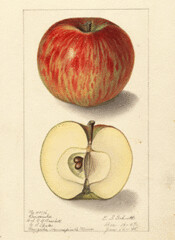
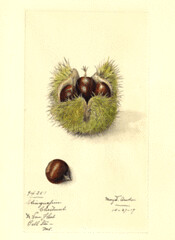
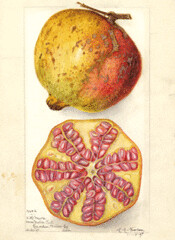
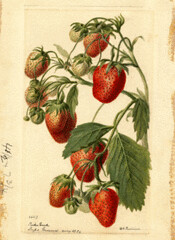
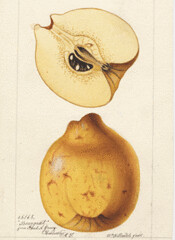



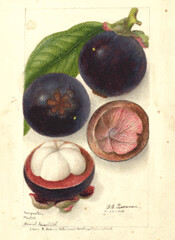
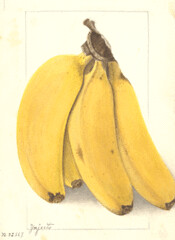

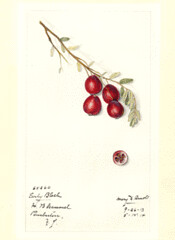
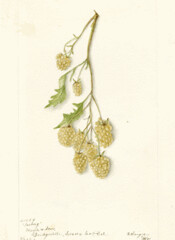
1 Comments:
شركة نقل عفش من الرياض الى دبي
ارخص شركة نقل اثاث بالدمام ارخص شركة نقل اثاث بالدمام
شركة نقل عفش
شركة شحن عفش من السعودية الى الاردن
Post a Comment
<< Home